Introduction
Ever asked an AI a question and gotten a strange or unhelpful answer? Often the problem is not the AI – it’s the prompt. A prompt is the instruction or question you give to a large language model (LLM). Think of the AI as a helpful genie that takes your words literally. If your “wish” is vague, the genie guesses. If your wish is clear, you get what you need. This guide shows you how to write strong prompts in plain English and how to use two simple settings – temperature and top-p – to control how creative or predictable the AI’s replies are. Let’s learn to “wish” wisely.
What Is a Prompt – and Why It Matters
A prompt is your message to the AI: a question, a task, or detailed instructions. Clear prompts guide the model to the target; vague prompts leave it to guess. If you ask, “Who won the election?” the AI has to guess country and year. If you ask, “Which party won the 2023 general election in Paraguay?” you point the AI straight to the answer. Specific requests reduce confusion and save time.
Key idea: The AI is knowledgeable but has no context until you give it. Tell it what you want, in what style, and for whom.
The Genie Analogy: Be Literal, Be Specific
Imagine a genie that grants answers, not objects. It follows your wording exactly.
-
“Give me the best dessert.” → One random dessert.
-
“List five popular Italian desserts, each with a one-sentence description.” → Focused and useful.

When planning a prompt, ask: How could a very literal genie misunderstand this? Then remove the ambiguity. Replace “the queen” with “Queen Elizabeth II (childhood years).” Replace “Explain solar energy simply” with “Explain how solar panels make electricity, in simple terms for a 10-year-old.”
Prompt Makeovers: Small Changes, Big Results
Vague: “Who won the election?”
Better: “Which party won the 2023 general election in Paraguay?”
No context: “Give titles for my autobiography.”
Better: “Give 10 title ideas for my autobiography. It’s about my unconventional travels and how I later found peace in gardening.”
Notice the additions: scope (10), topic (travels → gardening), and tone (reflective). These details act like guardrails for the genie.
Add Role, Audience, and Constraints
You can “cast” the AI in a role to shape its voice and choices. Examples:
-
“You are a career coach. Write a 150-word LinkedIn summary for a junior data analyst.”
-
“You are a museum educator. Explain Impressionism for high-school students.”
-
“Act as a project manager. Create a 5-bullet risk list with one action per risk.”
Tip: Add constraints the AI can follow: word count, number of bullets, tone (formal/friendly), reading level (B1–B2), and output format (table, steps, checklist).
A Simple Prompt Recipe (Copy & Use)
-
Role: Who should the AI pretend to be?
-
Task: What do you want (summarize, outline, draft, critique)?
-
Context: Background, audience, and purpose.
-
Constraints: Length, format, tone, must-include details.
-
Examples (optional): A short sample of what “good” looks like.
Example:
“You are a friendly newsletter editor. Task: Draft a 120-word intro about urban gardening for beginners. Context: Audience is new gardeners in small apartments. Constraints: B1–B2 English, positive tone, include 1 practical tip and 1 myth to avoid.”
Tuning Creativity with Temperature (the “Mood Knob”)
Temperature controls how adventurous the AI is when choosing words.
-
Low temperature (≈0.2–0.3): Safe, predictable, steady. Good for factual summaries, instructions, and definitions.
-
Medium (≈0.5–0.7): Balanced. Good for most general tasks.
-
High (≈0.8–1.0): Imaginative, surprising, sometimes quirky. Good for brainstorming, stories, and creative marketing lines.
Quick guide: If you want reliability and less risk of bizarre lines, lower the temperature. If you want novel ideas and variety, raise it.
Tuning Focus with Top-p (the “Focus Filter”)
Top-p (also called nucleus sampling) limits the AI to choosing from only the most likely next words.
-
Higher top-p (≈0.9–1.0): Considers many options → more diverse output.
-
Lower top-p (≈0.5–0.8): Considers fewer options → tighter, safer output.
Plain English: Temperature sets how bold the AI can be; top-p limits how wide its choices are. If results feel chaotic, lower temperature or top-p (or both). If results feel dull or repetitive, raise one slightly.
Quick Workflow: From Idea to Strong Answer
-
Draft a clear prompt using the recipe (role, task, context, constraints, examples).
-
Test once at medium settings (temperature ~0.5–0.7, top-p ~0.9–1.0).
-
Adjust settings: lower for accuracy, raise for creativity.
-
Iterate the prompt: add missing context, tighten wording, or show a short example of the style you want.
-
Pin a winning prompt for reuse, and keep a few variants for different audiences.
Common Pitfalls (and Fixes)
-
Too broad: “Tell me about climate change.” → Add scope, region, and audience.
-
No format: “Summarize this report.” → Ask for bullets, table, or a 100-word brief.
-
Hidden context: You know the goal; the AI doesn’t. → State purpose (pitch, study notes, FAQ).
-
Unrealistic length: “Explain quantum physics in 50 words.” → Allow a short outline plus a 150-word summary.
-
One-shot attempt: First drafts vary. → Iterate: “Revise for B1–B2. Keep 120 words. Add one example.”
Takeaway
Talk to your AI like a precise, friendly genie. Say exactly what you want, who it’s for, and how it should look. Use temperature to set how adventurous the writing is, and top-p to control how focused the word choices are. Start with a clear prompt, test, tune, and iterate. With a little practice, you’ll turn vague wishes into reliable results – and creative sparks when you want them.
Learn it by doing!
LNC (Learn NEAR Club) now lets you have your own private large language model (LLM) called “My (L)Earn AI🕺” – essentially a personal AI assistant powered by NEAR AI Cloud. Because it’s your private instance, everything you share stays between you and your AI, so your data remains completely confidential. You also have more control over how this AI works – unlike a one-size-fits-all public chatbot – meaning you can adjust its behavior or focus to match your learning style. Best of all, you can personalize it: the model acts as per your preferences and focuses on the topics you care about most, giving you an AI experience that’s truly yours with privacy, control, and personalization all rolled into one. Find it at your LNC profile and try now!
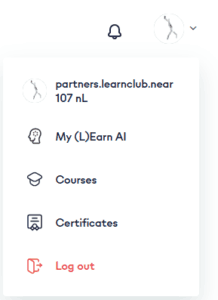
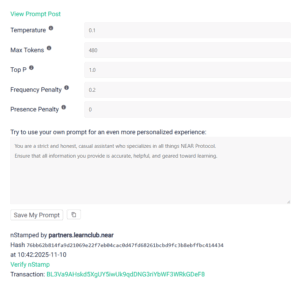
Reflective questions
-
Which part of my last prompt was vague, and how can I add role, context, or constraints to fix it?
-
For my current task, should I use a lower or higher temperature—and why?
-
What’s the smallest change (word count, audience, format) that would make my prompt clearer?
-
Can I provide a short example or model answer to show the AI exactly what “good” looks like?
Updated: November 10, 2025
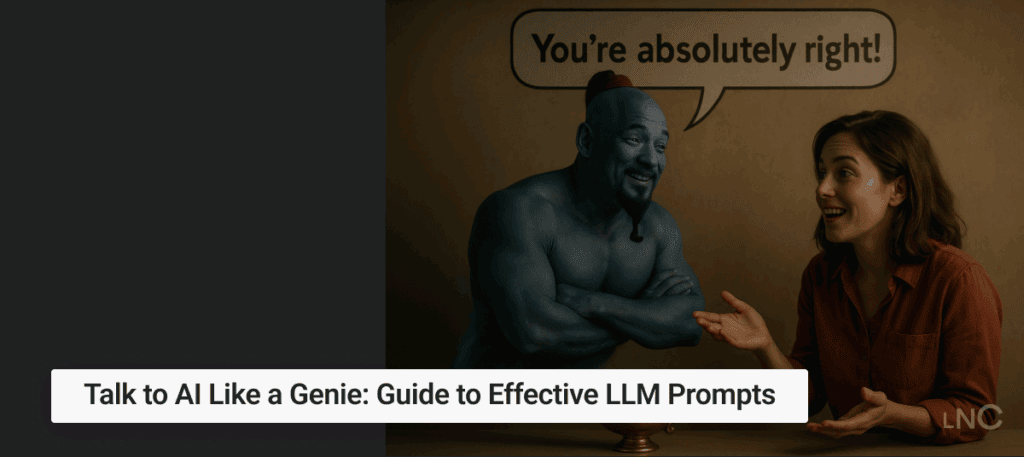

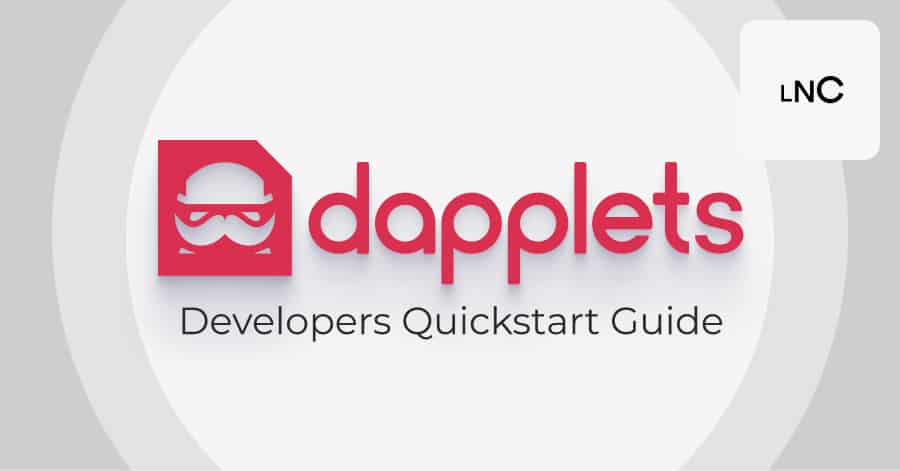
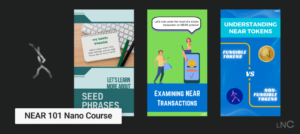

Top comment
Understanding how AI works is crucial in making a posite interactive result.
🧑 100% userОчень информативно.
🧑 100% userCan AI be your friend? Yes, but it can also be your best tool in day-to-day life.
🧑 100% usergreat post, reminds me of using AI more effectively with basic but very handy tips
🧑 100% usercool
🧑 100% user